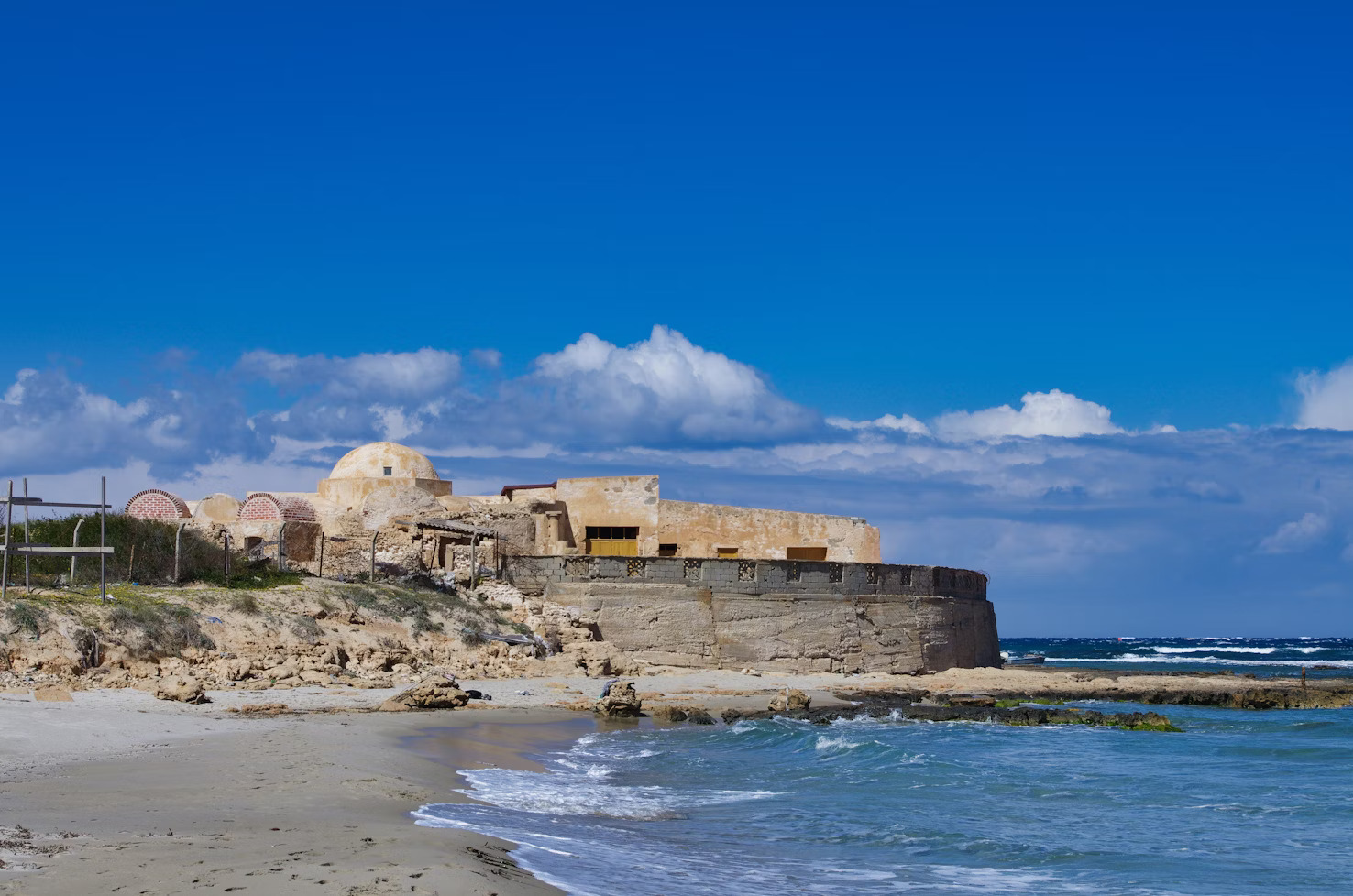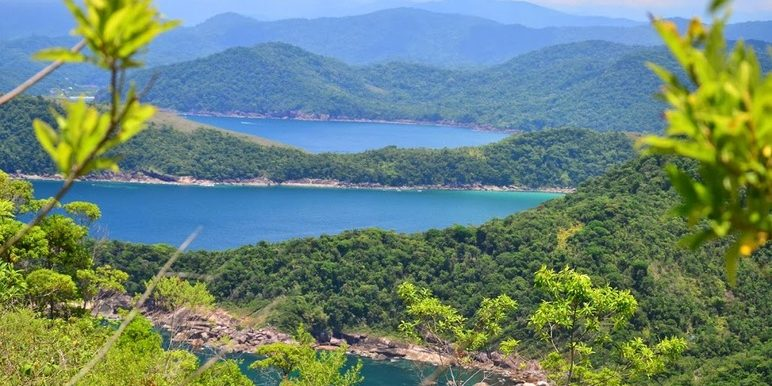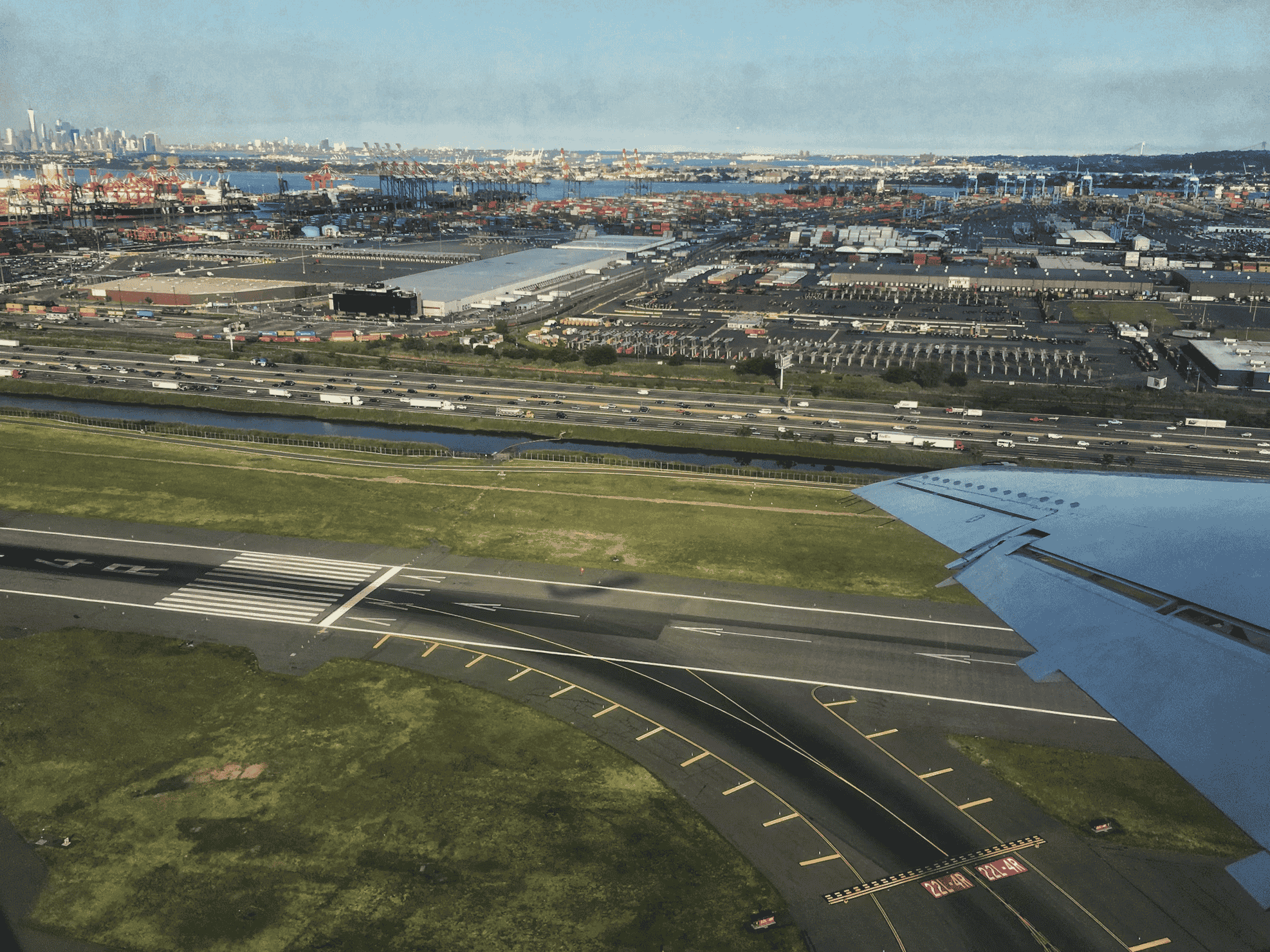Stay connected with Airtel’s international roaming plans as you explore the must-visit places in Libya, ensuring smooth communication while discovering the country’s ancient ruins, desert landscapes, and unique cultural heritage.
Unveiling Libya: A Hidden Gem for History Buffs and Adventurers
With its trove of ancient Roman ruins, medieval fortresses, and Saharan oases, Libya beckons intrepid travellers seeking to uncover the secrets of an oft-overlooked destination. This North African nation offers a tapestry of historical wonders and natural beauty, from the cobbled streets of Tripoli to the sand dunes of the Sahara. As Libya cautiously opens its doors to tourism, now is the perfect time to explore its Libya tourist attractions before the crowds descend.
1. Leptis Magna: A Window into the Roman Empire
No Libya sightseeing itinerary is complete without a visit to Leptis Magna, a UNESCO World Heritage Site that ranks among the best-preserved Roman ruins in the world. Founded by the Phoenicians in the 7th century BC, this ancient city reached its zenith under Roman rule, when it was lavishly adorned with grand temples, theatres, and public baths.
Today, visitors can wander through the imposing Arch of Septimius Severus, admire the intricate mosaics of the Hadrianic Baths, and imagine gladiatorial battles in the amphitheatre. With its stunning coastal setting and wealth of archaeological treasures, Leptis Magna offers a fascinating glimpse into Libya’s Roman past.
Key Highlights:
-
Arch of Septimius Severus
-
Hadrianic Baths
-
Roman amphitheatre
-
Nymphaeum
Getting There: Leptis Magna is located 120 km east of Tripoli. Hire a taxi or join a guided tour from the capital.
2. Sabratha: Ancient Splendor on the Mediterranean
Another of Libya’s star Libya attractions is Sabratha, an ancient Roman city perched on the Mediterranean coast. Founded by the Phoenicians in the 6th century BC, Sabratha later became part of the Roman Empire and flourished as a trading hub.
The city’s crowning glory is its magnificent Roman theatre, which dates back to the 2nd century AD. With its towering columns and ornate stage backdrop, this well-preserved structure is a testament to the grandeur of Roman architecture. Other must-see sights include the Temple of Serapis, the Basilica of Justinian, and the vibrant mosaics of the public baths.
Key Highlights:
-
Roman theater
-
Temple of Serapis
-
Basilica of Justinian
-
Public baths with mosaics
Getting There: Sabratha lies 70 km west of Tripoli. Taxis and guided tours are available from the capital.
3. Ghadames: The Pearl of the Desert
For a taste of Libya’s Saharan charm, head to Ghadames, an ancient oasis town known as the “Pearl of the Desert.” Nestled near the borders of Algeria and Tunisia, this UNESCO World Heritage Site is famed for its unique mud-brick architecture and labyrinthine streets.
Wander through the old town’s covered alleyways, where sunlight filters through small openings in the roofs, casting intricate patterns on the walls. Visit the Mosque of Atoush, admire the ornate doorways of traditional houses, and learn about Ghadames’ history at the local museum. For a truly immersive experience, spend a night in a traditional guesthouse, where you can savour authentic Libyan cuisine and hospitality.
Key Highlights:
-
Old town with unique architecture
-
Mosque of Atoush
-
Traditional guesthouses
-
Ghadames Museum
Getting There: Ghadames is located 550 km southwest of Tripoli. Flights operate from Tripoli to Ghadames, or you can hire a 4WD vehicle for the journey.
4. Cyrene: The Athens of Africa
Perched on a high plateau overlooking the Mediterranean, Cyrene was once a thriving Greek colony known as the “Athens of Africa.” Founded in the 7th century BC, this ancient city boasts an impressive array of Greek and Roman ruins, including temples, theatres, and public buildings.
Explore the Temple of Zeus, admire the elegant columns of the Greek Agora, and marvel at the sweeping views from the Acropolis. Don’t miss the nearby necropolis, where thousands of rock-cut tombs showcase the city’s wealth and power. With its stunning setting and rich history, Cyrene is a must-visit for any Libya tourist attractions list.
Key Highlights:
-
Temple of Zeus
-
Greek Agora
-
Acropolis
-
Necropolis with rock-cut tombs
Getting There: Cyrene is located near the modern city of Shahhat, about 200 km east of Benghazi. Hire a taxi or join a guided tour from Benghazi.
5. Tripoli: Libya’s Vibrant Capital
As Libya’s capital and largest city, Tripoli is a bustling metropolis steeped in history and culture. Wander through the winding streets of the old city, where Ottoman-era mosques and medieval fortifications sit alongside lively markets and cafes.
Visit the Red Castle Museum, housed in a massive 16th-century fortress, to explore Libya’s rich history from prehistoric times to the Gaddafi era. Stroll along the city’s waterfront promenade, admiring the Mediterranean views and stopping for a cup of sweet mint tea at a local cafe. For a taste of modern Tripoli, head to Martyrs’ Square, the city’s main plaza, where you’ll find trendy shops and restaurants.
Key Highlights:
-
Old city with Ottoman-era architecture
-
Red Castle Museum
-
Waterfront promenade
-
Martyrs’ Square
Getting There: Tripoli is served by Mitiga International Airport, with flights from various international destinations.
|
Top Places to Visit in Libya |
Key Attractions |
Getting There |
|---|---|---|
|
Leptis Magna |
Arch of Septimius Severus, Hadrianic Baths, Roman amphitheatre |
120 km east of Tripoli; taxi or guided tour |
|
Sabratha |
Roman theatre, Temple of Serapis, Basilica of Justinian |
70 km west of Tripoli; taxi or guided tour |
|
Ghadames |
Old town with unique architecture, Mosque of Atoush, traditional guesthouses |
550 km southwest of Tripoli; flights or 4WD vehicle |
|
Cyrene |
Temple of Zeus, Greek Agora, acropolis, necropolis |
Near Shahhat, 200 km east of Benghazi; taxi or guided tour |
|
Tripoli |
Old City, Red Castle Museum, waterfront promenade, Martyrs’ Square |
Served by Mitiga International Airport |
Tips for Visiting Libya
-
Security: While Libya is slowly stabilizing, some areas remain unsafe for travel. Check the latest travel advisories and hire a reputable guide or tour operator.
-
Visas: Most visitors need a visa to enter Libya. Arrange your visa well in advance through a Libyan embassy or consulate.
-
Climate: Libya has a hot, dry climate. The best time to visit is from October to April when temperatures are milder.
-
Language: Arabic is the official language, but English is widely spoken in tourist areas.
-
Currency: The Libyan dinar is the official currency. Bring cash, as credit cards are not widely accepted.
Staying Connected in Libya with Airtel
As you explore Libya’s places to visit, staying connected is key for everything from making hotel reservations to navigating unfamiliar cities. Airtel’s Postpaid International Roaming plans offer seamless connectivity across Libya, with affordable data and voice packages tailored to your needs.
Whether you’re streaming a virtual tour of Leptis Magna or posting photos from the streets of Tripoli, Airtel keeps you connected to what matters most. With coverage in over 184 countries and flexible plans for every budget, Airtel is the smart choice for travellers seeking reliable mobile service in Libya and beyond.
From ancient ruins to Saharan oases, Libya offers a wealth of wonders for the adventurous traveller. With careful planning and an open mind, you can safely explore this fascinating country and uncover its hidden treasures. So pack your bags, grab your Airtel SIM, and get ready to discover the Libya attractions that await.


 Get App
Get App  Airtel Store
Airtel Store  Login
Login 


